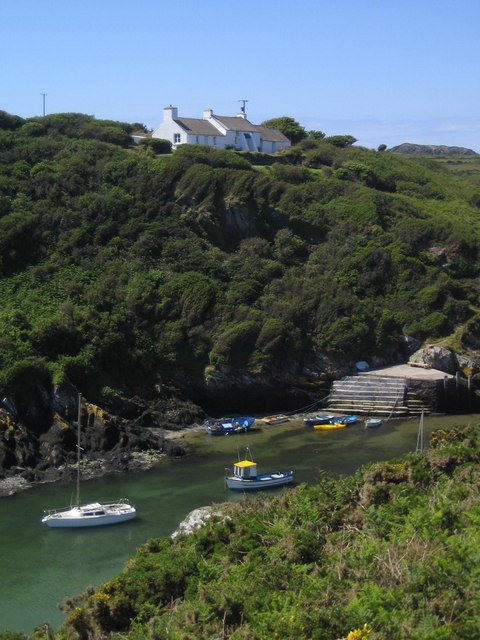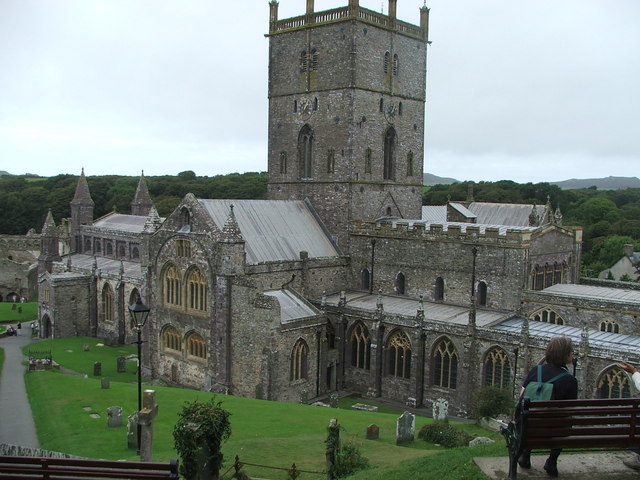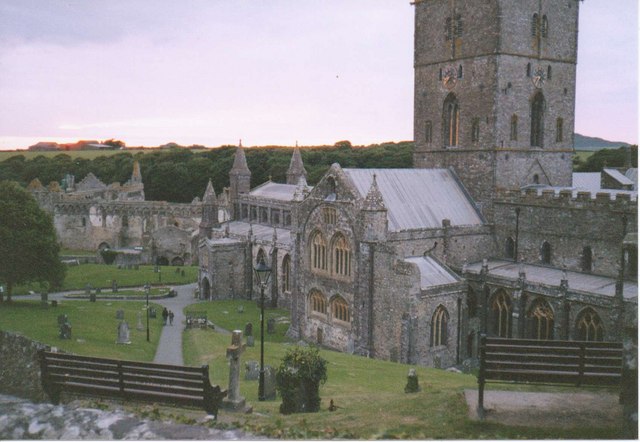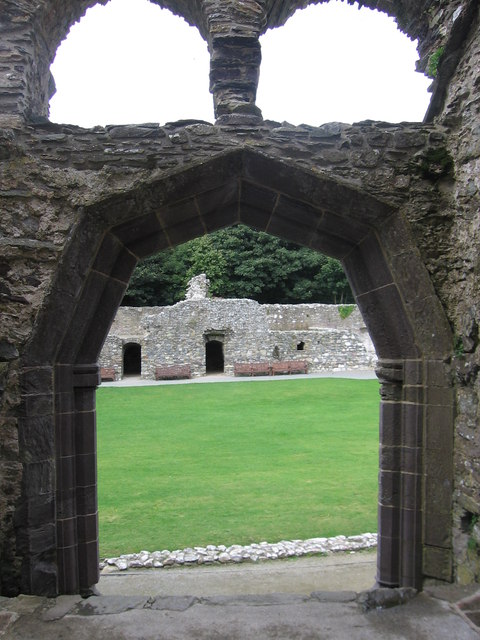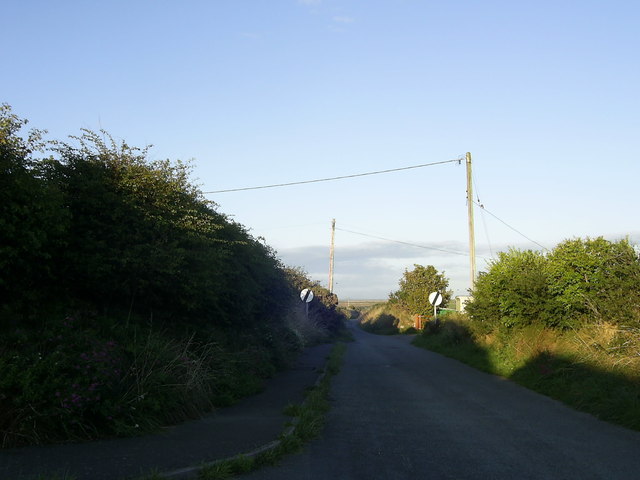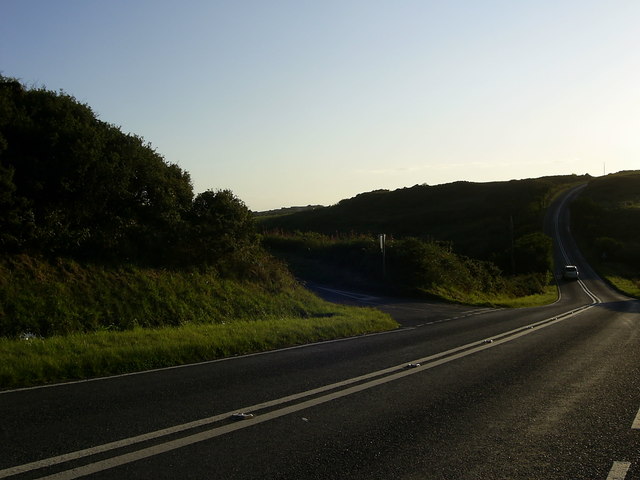Ogof Blawd-ceirch
Bay in Pembrokeshire
Wales
Ogof Blawd-ceirch
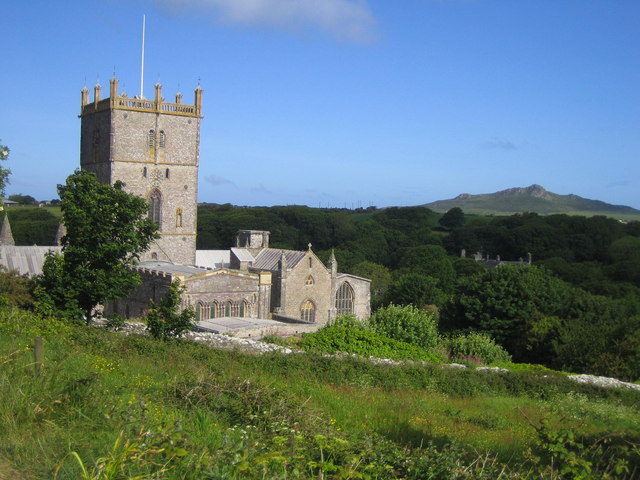
Ogof Blawd-ceirch is a small bay located on the western coast of Pembrokeshire, Wales. It is nestled between towering cliffs and is known for its rugged beauty and pristine natural surroundings. The bay is situated within the boundaries of the Pembrokeshire Coast National Park, which adds to its appeal as a popular destination for outdoor enthusiasts and nature lovers.
The bay itself is characterized by its sandy beach, which stretches for approximately 200 meters at low tide. The sand is soft and golden, providing an ideal spot for sunbathing, picnicking, and beachcombing. At high tide, the beach becomes narrower, but it still offers ample space for visitors to relax and enjoy the stunning coastal scenery.
Surrounding the bay are steep cliffs that provide a dramatic backdrop. These cliffs are home to an array of bird species, including fulmars, razorbills, and cormorants. Birdwatching enthusiasts flock to Ogof Blawd-ceirch to witness these magnificent creatures in their natural habitat.
The bay is also known for its rock formations and caves, which are a result of millions of years of erosion. One notable cave is Ogof Blawd-ceirch Cave, after which the bay is named. This cave is accessible at low tide and is a popular spot for adventurous explorers.
Ogof Blawd-ceirch is a tranquil and unspoiled location, offering visitors a chance to escape the hustle and bustle of everyday life. With its striking natural beauty and diverse wildlife, it continues to captivate visitors from near and far.
If you have any feedback on the listing, please let us know in the comments section below.
Ogof Blawd-ceirch Images
Images are sourced within 2km of 51.869079/-5.2615375 or Grid Reference SM7523. Thanks to Geograph Open Source API. All images are credited.
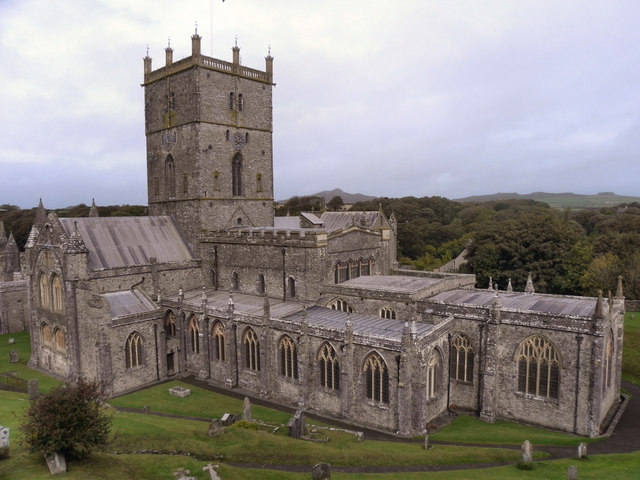
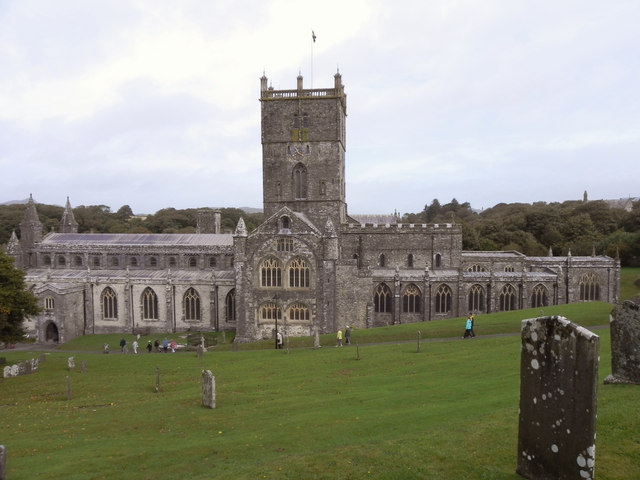
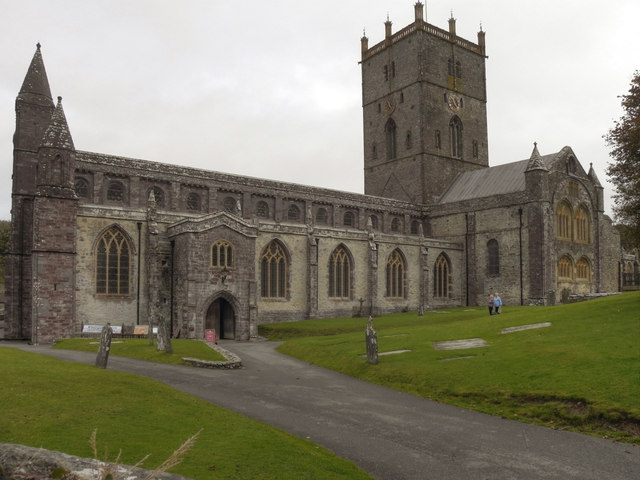
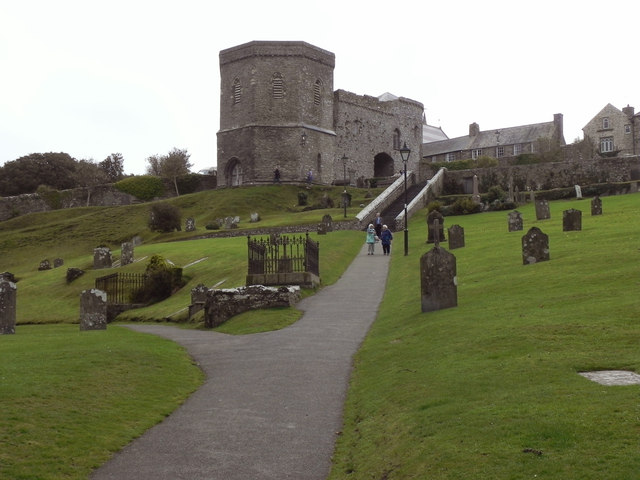
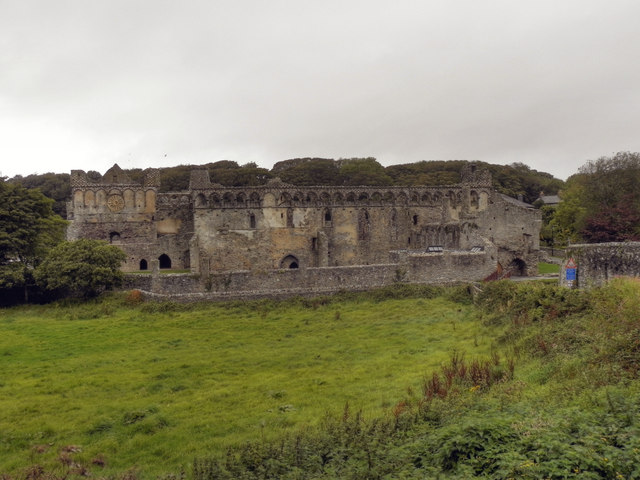
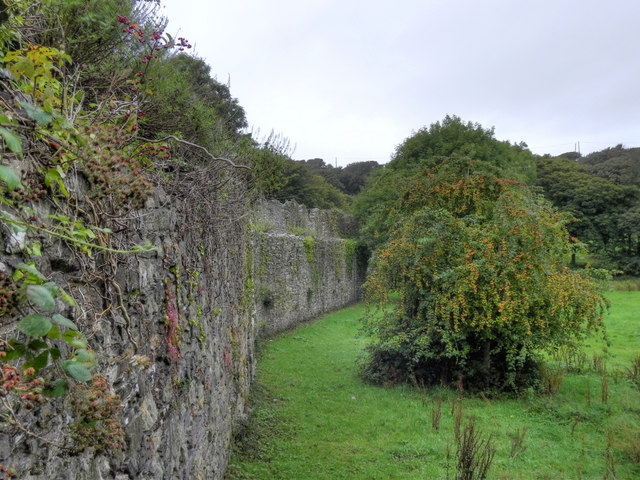
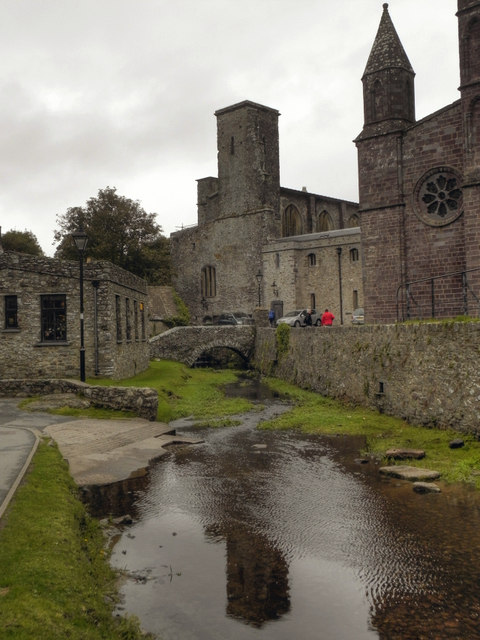
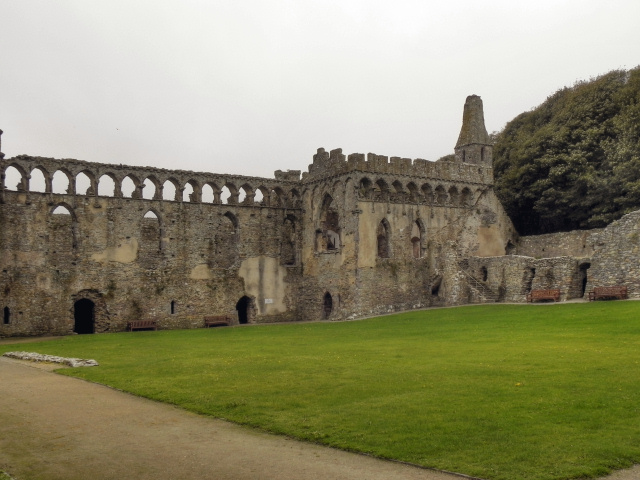
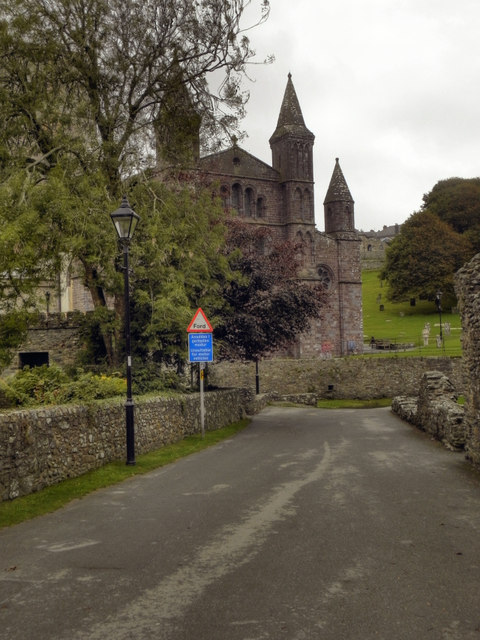
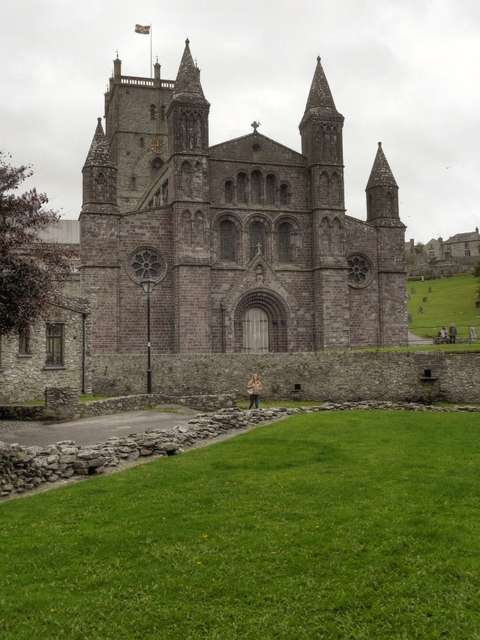
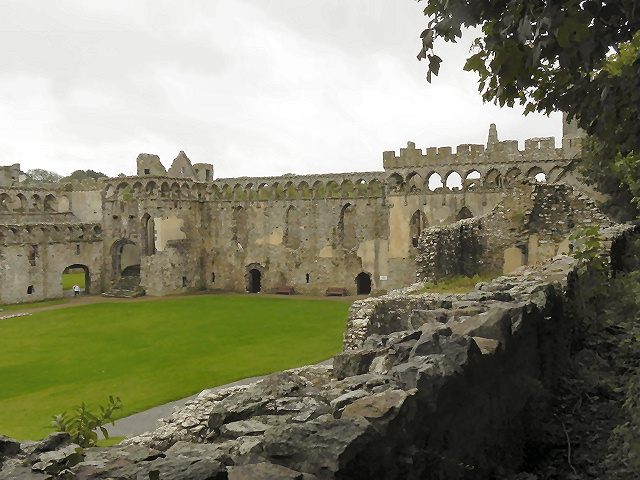
Ogof Blawd-ceirch is located at Grid Ref: SM7523 (Lat: 51.869079, Lng: -5.2615375)
Unitary Authority: Pembrokeshire
Police Authority: Dyfed Powys
What 3 Words
///broccoli.deposits.basics. Near St Davids, Pembrokeshire
Nearby Locations
Related Wikis
Caerfai Bay
Caerfai Bay is a rocky cove on the north coast of St Brides Bay near St Davids in Pembrokeshire, West Wales. It is enclosed by steep varicoloured cliffs...
Chapel of St Non
The Chapel of St Non is located on the coast near St David's in Pembrokeshire, West Wales. Held by tradition to mark the birthplace of St David, the ruin...
Porthclais
Porthclais (also known as Porth Clais) is a small sheltered inlet harbour near St Davids, Pembrokeshire, Wales, in the community of St Davids and the Cathedral...
St Davids City Hall
St Davids City Hall (Welsh: Neuadd y Ddinas Tyddewi) is a municipal building in the High Street, St Davids, Pembrokeshire, Wales. The structure is currently...
Nearby Amenities
Located within 500m of 51.869079,-5.2615375Have you been to Ogof Blawd-ceirch?
Leave your review of Ogof Blawd-ceirch below (or comments, questions and feedback).
